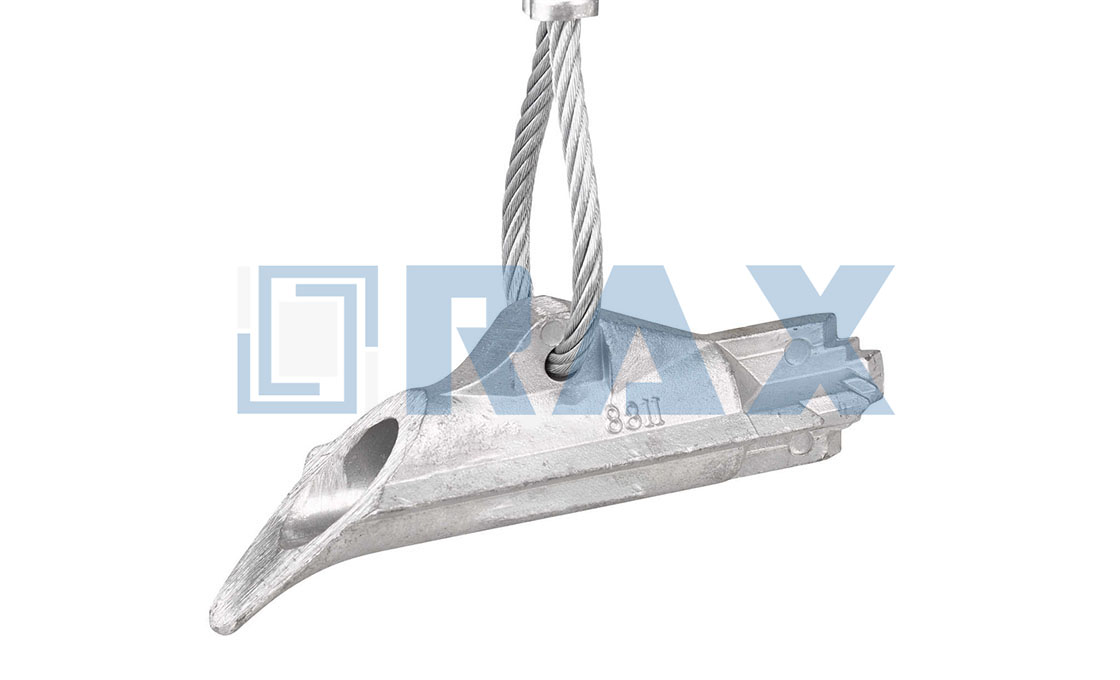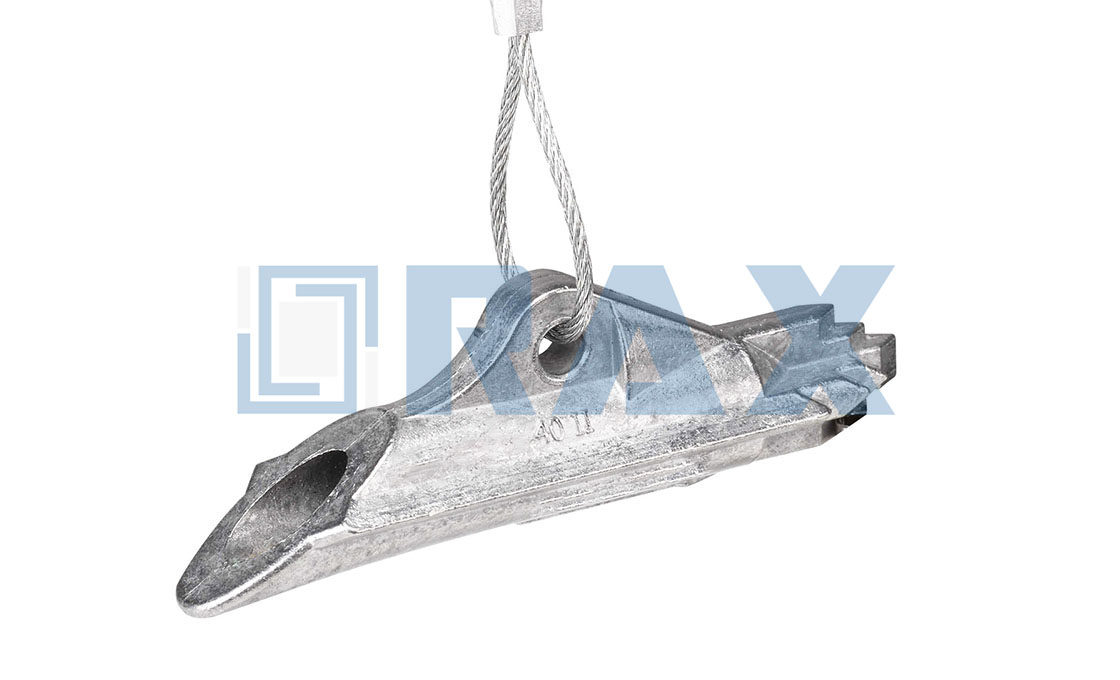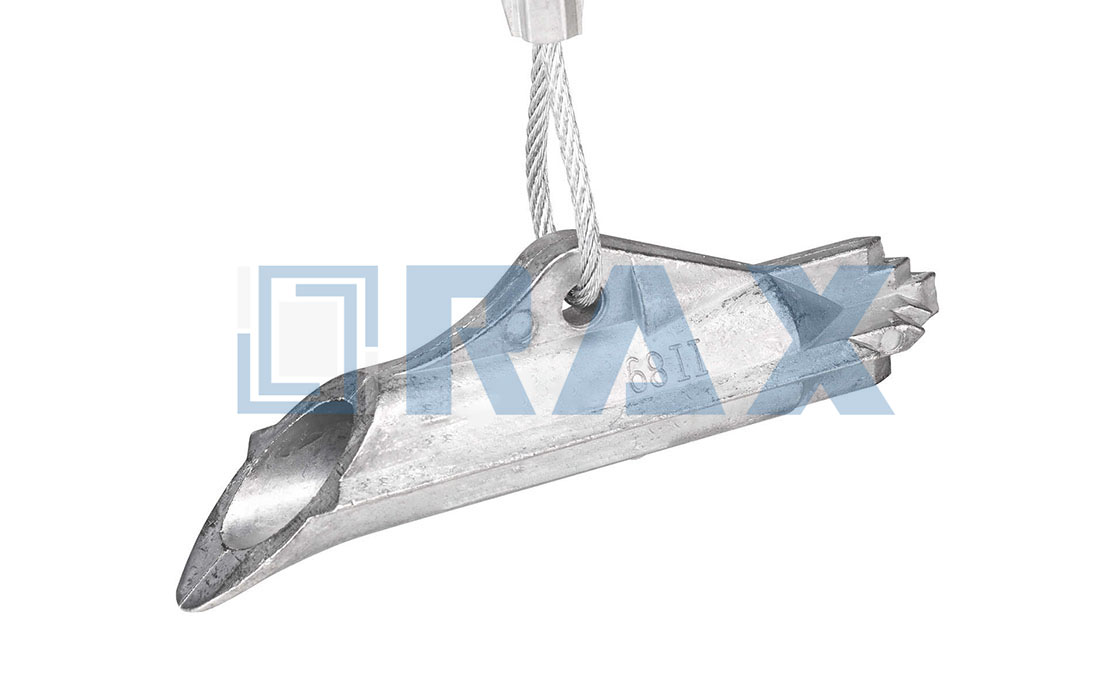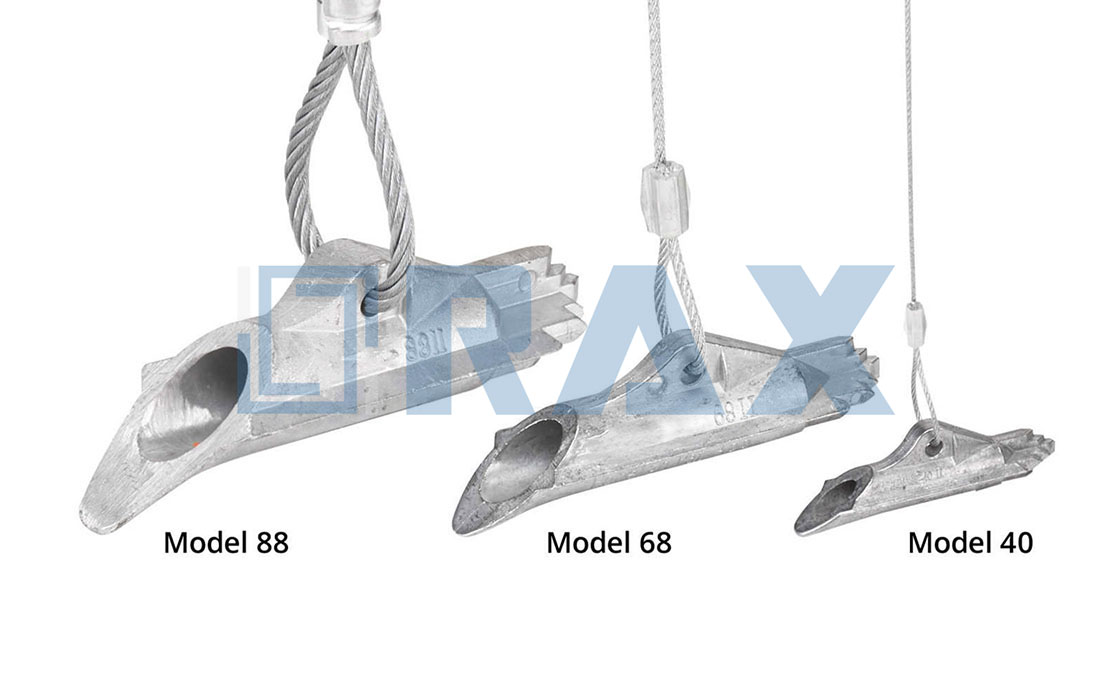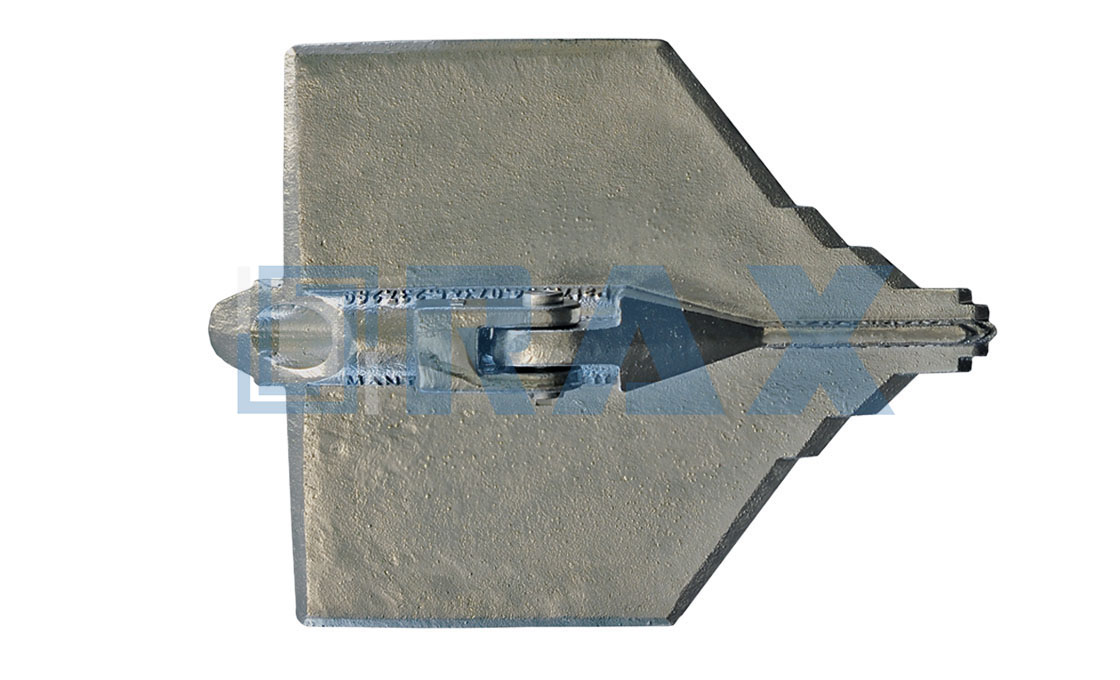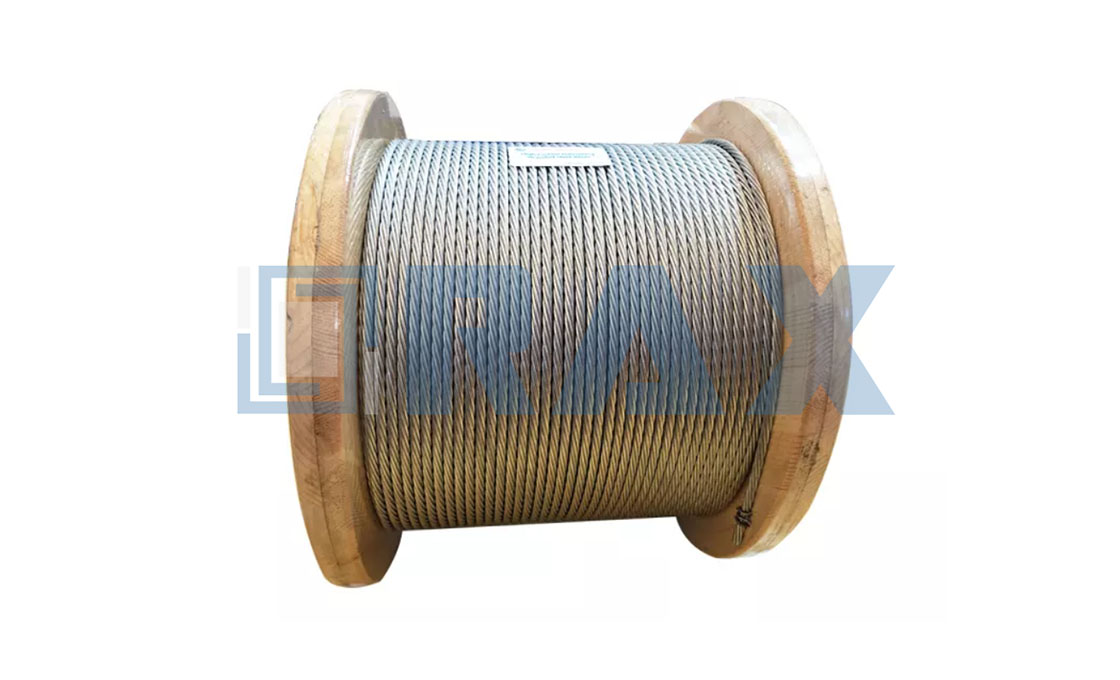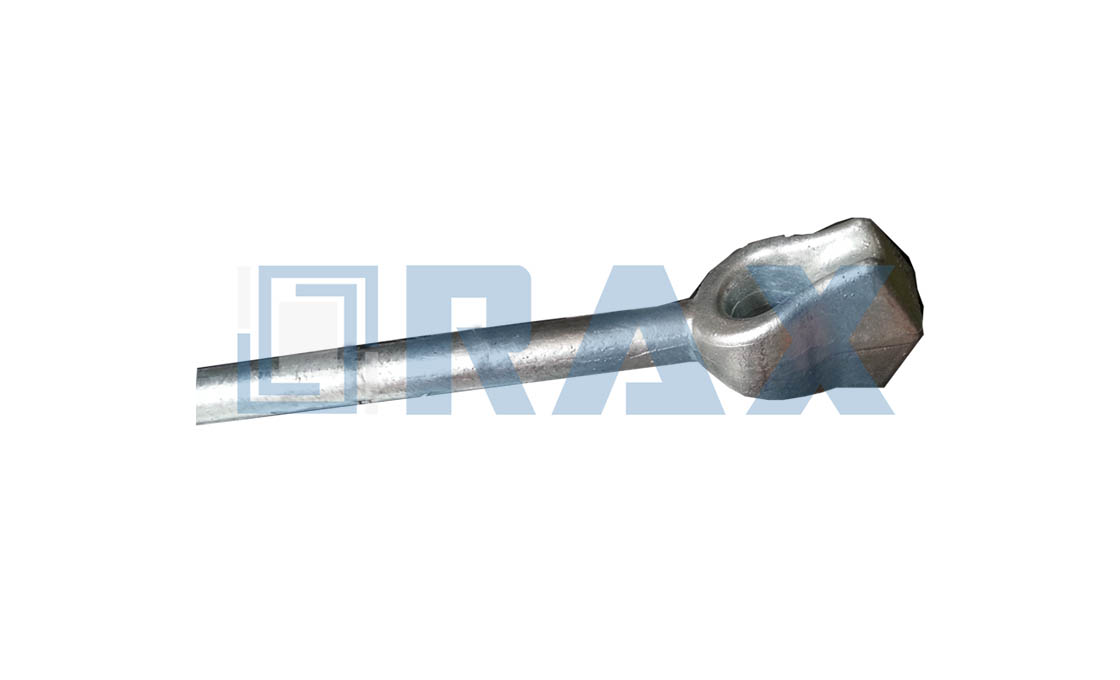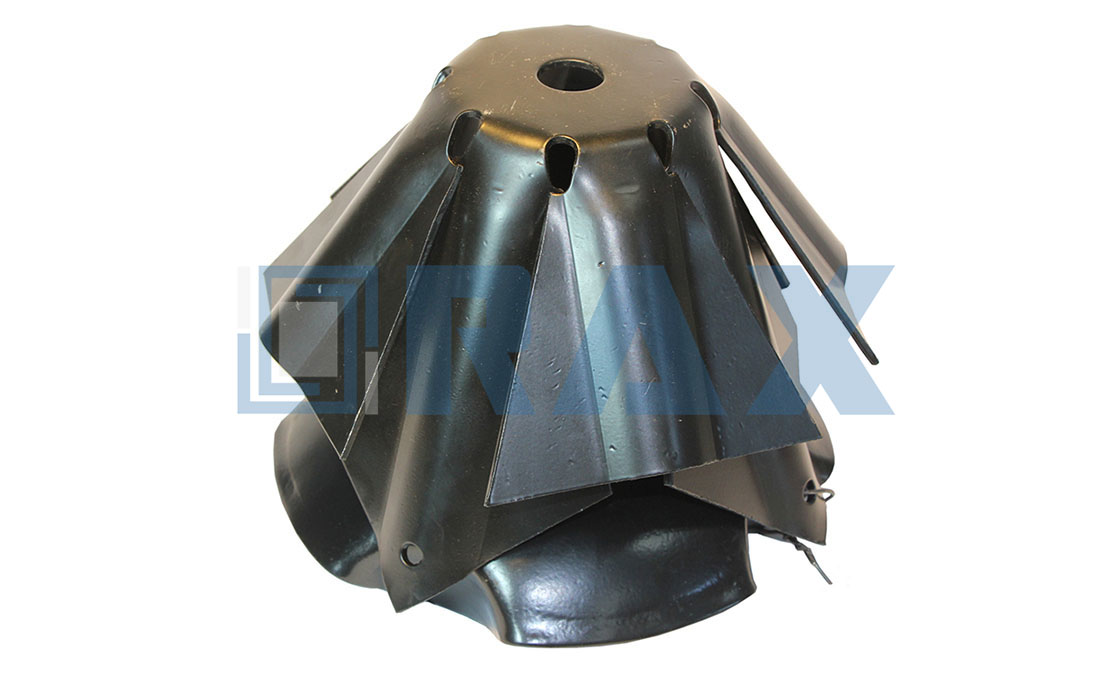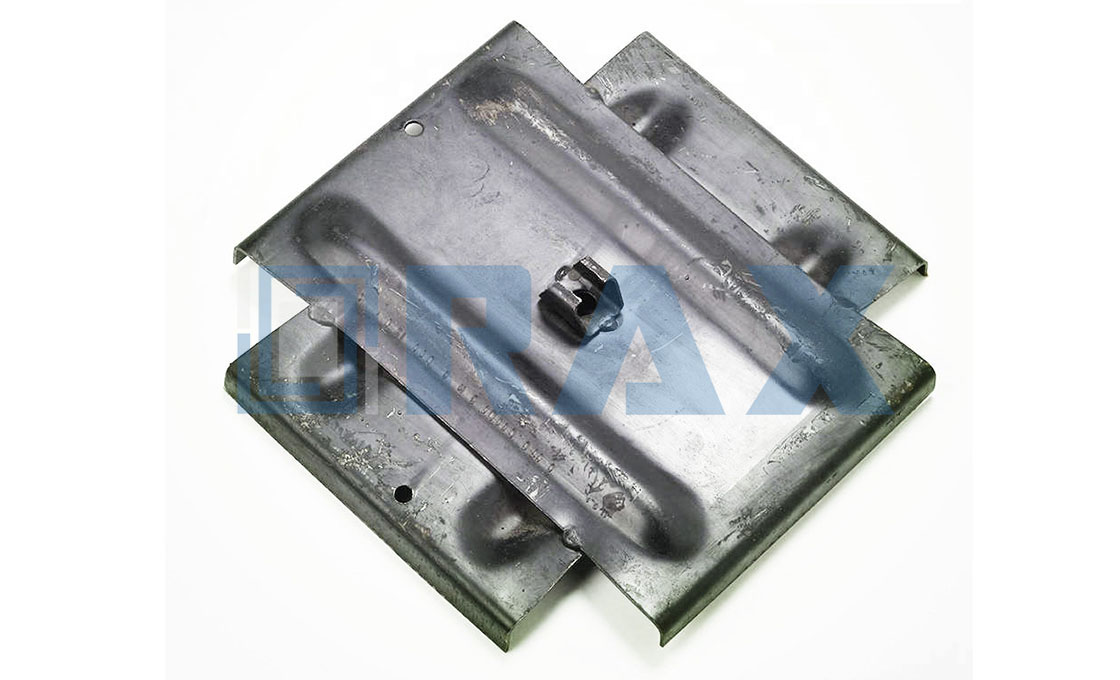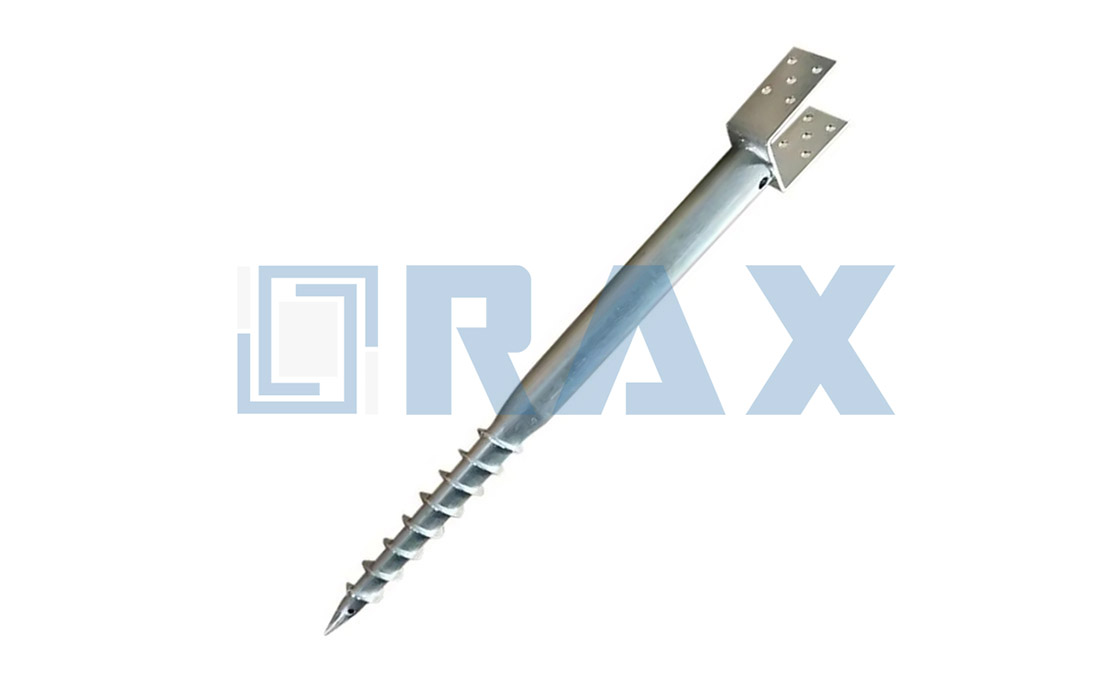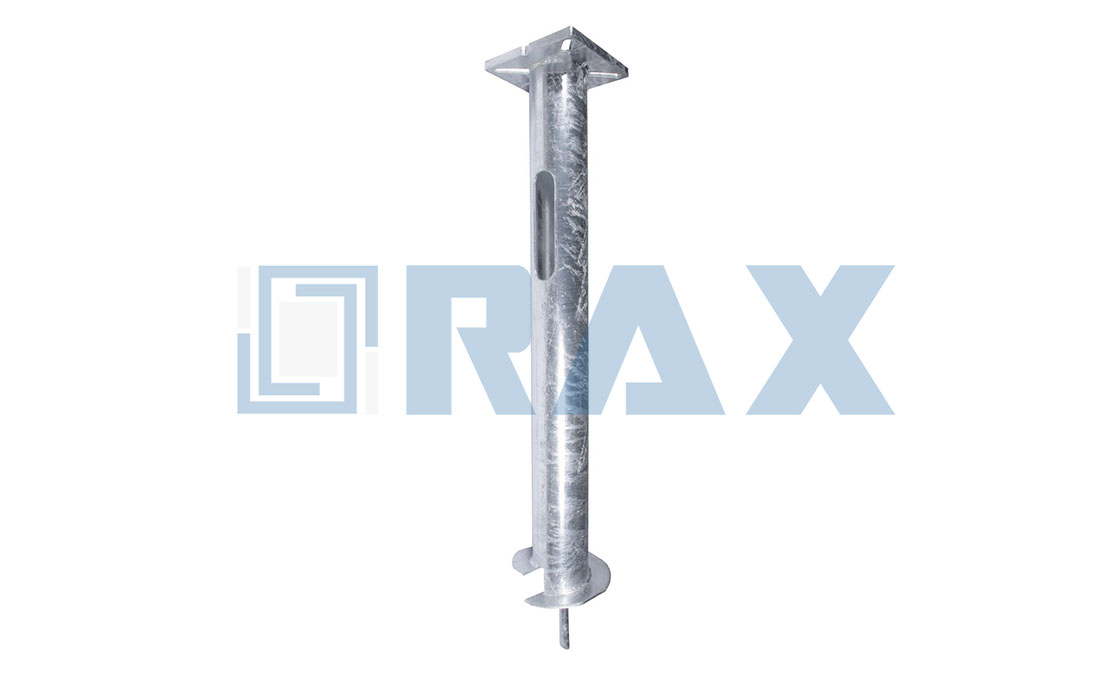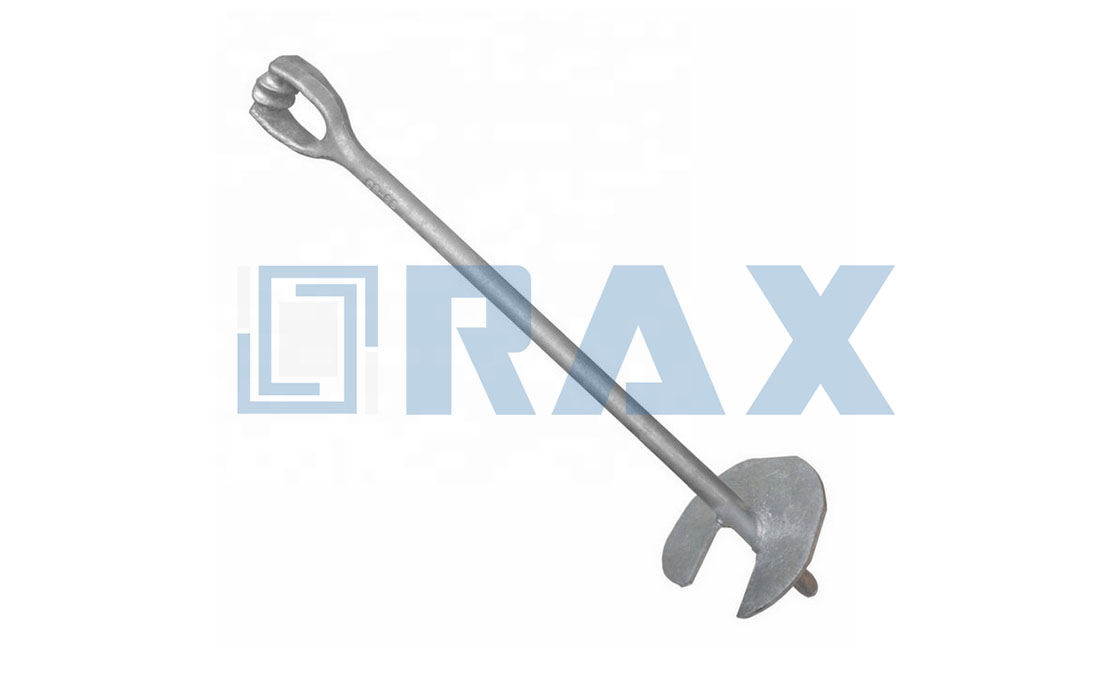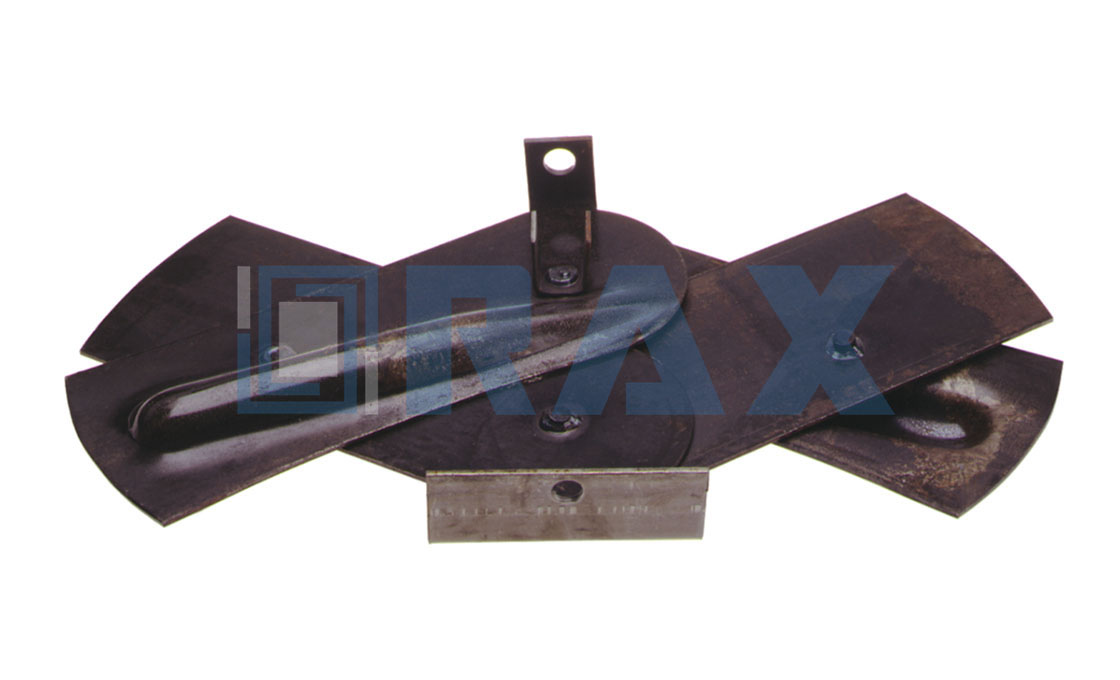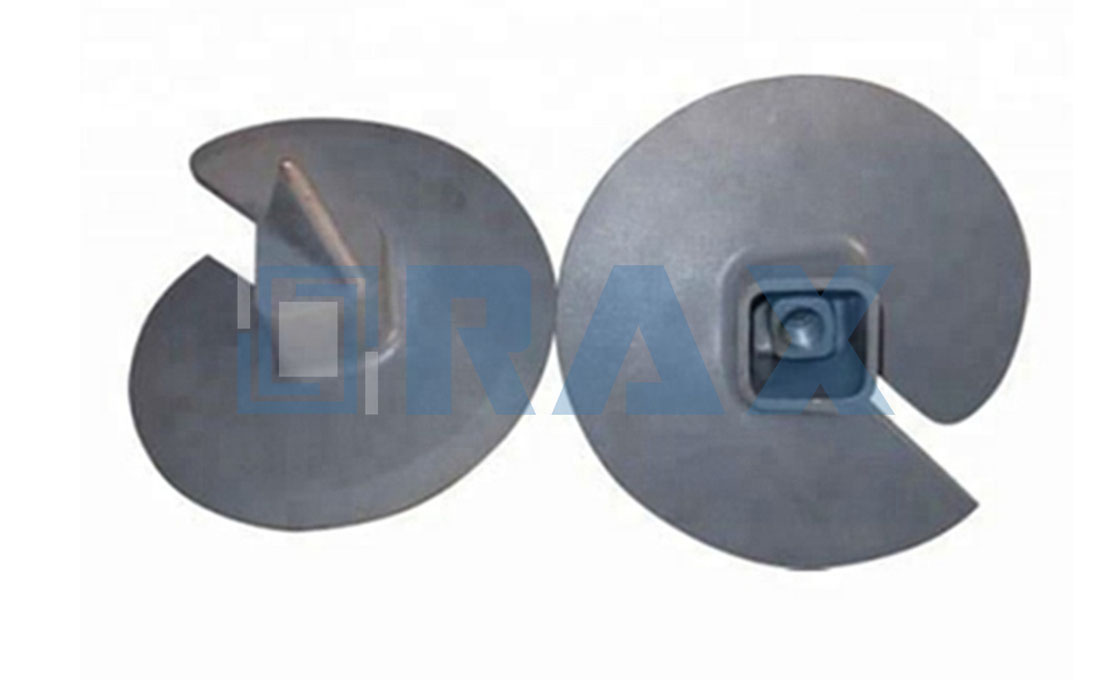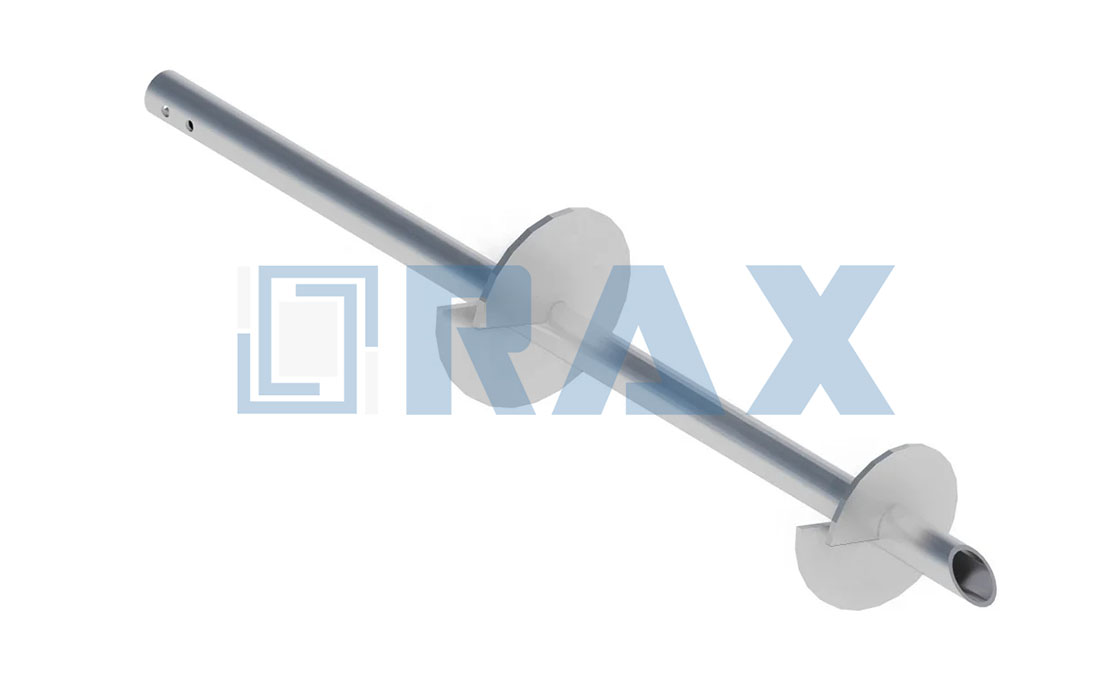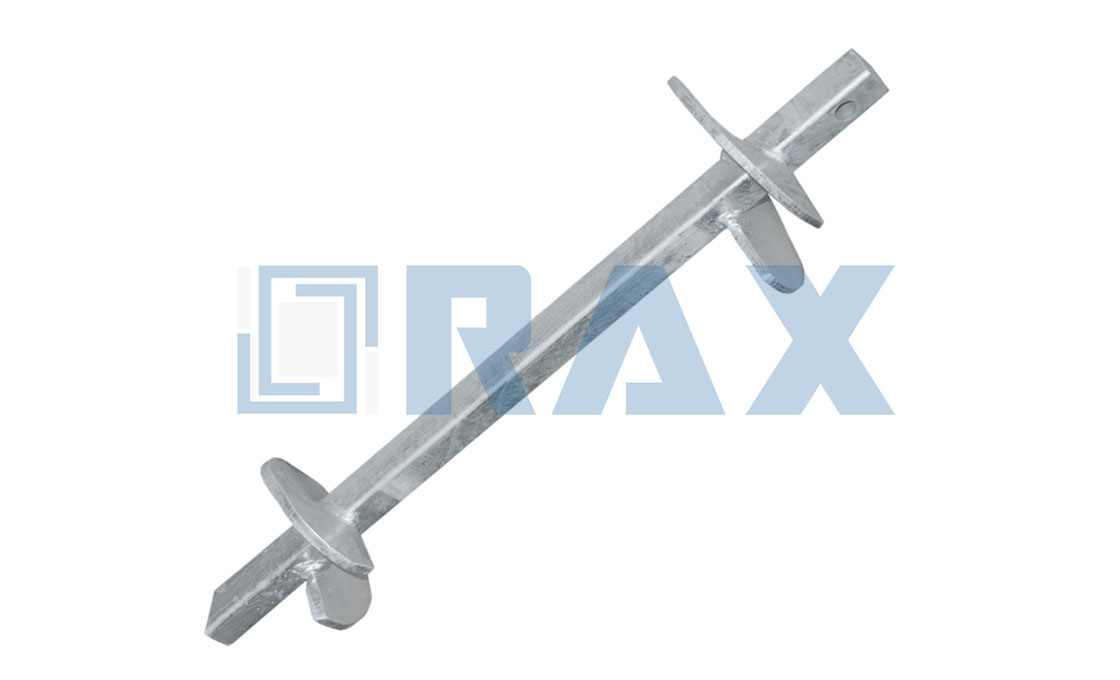Duckbill Anchor
Duckbill anchors are earth anchors that are installed deep into the soil to provide firm anchorage. The duckbill anchors work the same as toggle bolts. Their installation requires no digging or soil disturbance, making them pretty simple to install.
This type of anchorage keeps various items in the ground to prevent theft or keep them from being blown away. Since there is no digging, the installation of duckbills is both labor-intensive and environmentally friendly.
Duckbill anchoring is applicable to various types of projects, including small and big ones. They’re used to anchor picnic tables, outdoor sheds, barbecue grills, and construction equipment. They also support trees and prevent soil from eroding.
The installation of a duckbill anchor only takes a simple rotation of the anchor sinew. You only need to hammer your steel drive tool and pull the cable up and your toggle is set. The bolt is strong enough to provide maximum holding capability without the use of cement.
By using duckbill anchors, you’ll ensure any item that needs to be outdoors is well protected from the weather and secured from theft. The anchors are also very durable thanks to the aluminum alloys and galvanized ductile materials.
Features of Duckbill Anchors
- Aluminum alloys
- Galvanized ductile iron
- Up to 5000 lbs holding capacity
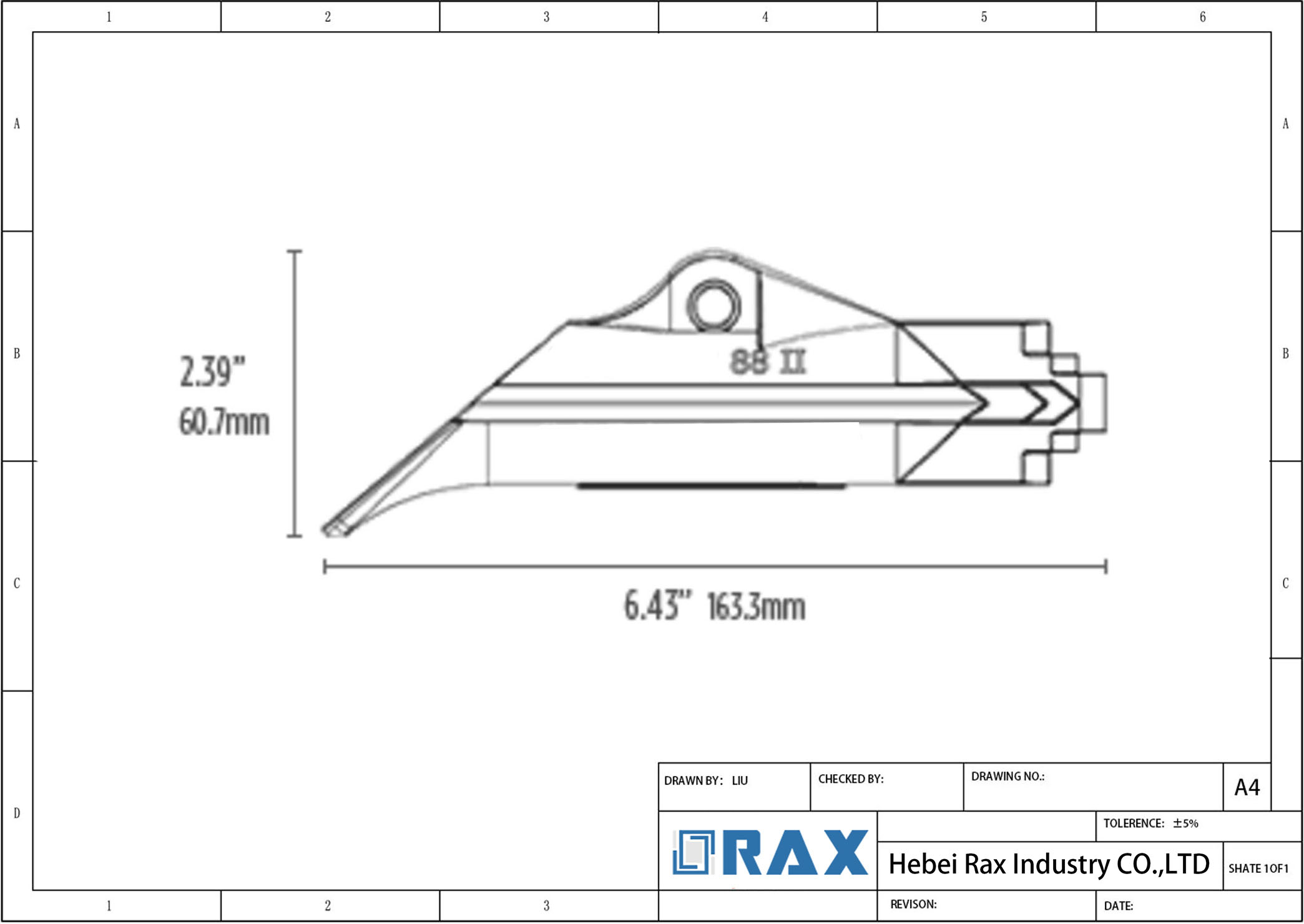
Duckbill Earth Anchor Drawing
| Model 40-DB1 | Model 68-DB1 | Model 88-DB1 | Model 138-DB1 | |
| Capacity (Per Anchor) | 300 lbs (1.33 kN) in normal soil | 1,100 lbs (4.89 kN) in normal soil | 3,000 lbs (13.39 kN) in normal soil | 5,000 lbs (22.24 kN) in normal soil |
| Wire Rope Length | 20 in (0.51 m) | 2 ½ ft (0.76 m) | 3 ½ ft (1.07 m) | 5 ft (1.52 m) |
| Galvanized Wire Rope | ¹/₁₆ in (1.6 mm) 7 x 7 GAC | ⅛ in (3.2 mm) 7 x 7 GAC | ¼ in (6.4 mm) 7 x 19 GAC | 5/₁₆ in (7.9 mm) 7 x 19 GAC |
| Wire Rope Breaking Strength | 480 lbs (2.14 kN) | 1,700 lbs (7.56 kN) | 7,000 lbs (31.13 kN) | 9,800 lbs (43.59 kN) |
| Anchor Weight | 1.0 oz (28 gm) | 4.5 oz (128 gm) | 14 oz (397 gm) | 2.5 lbs (1.1 kg) |
| Standard Case & Weight | 50 units at 3.7 lbs (1.7 kg) | 4.5 oz (128 gm) | 12 units at 11 lbs (5.0 kg) | 12 units at 32 lbs (14.5 kg) |
FAQs
Duckbill anchors are versatile tools that can be used in many applications. The most common include anchoring sheds, picnic tables, fences, and retaining walls. They’re also used to stabilize slopes to prevent soil erosion. Compared to traditional anchoring methods, duckbill anchors offer superior holding capabilities in different types of soils. They’re easy to install, require minimum equipment use, and are environmentally friendly. Individuals can install duckbill anchors as long as they have the tools and the knowledge. However, it’s important to hire professionals in large-scale projects that require soil assessment and complex tools. The strength of duckbill anchors varies, so it’s important to consider the type of application and soil type before installation. The holding capability ranges from 300 to 5000 lbs. They come in different sizes and capabilities.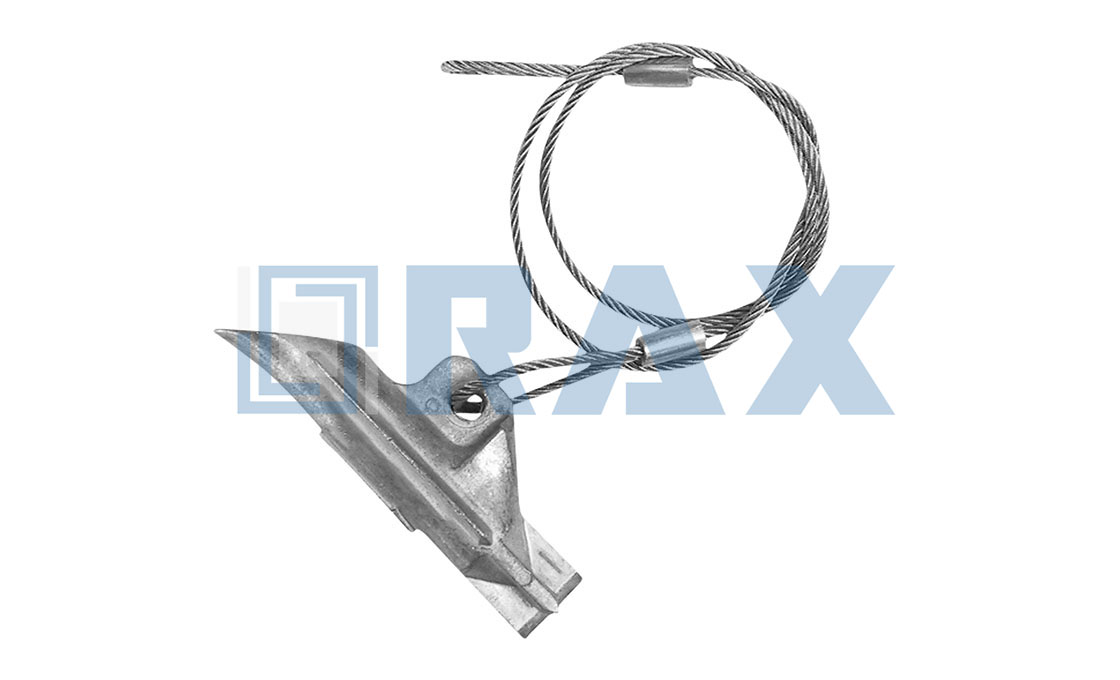
What are duckbill anchors used for?
What are the benefits of using duckbill anchors?
Can you install duckbill anchors yourself?
How strong are duckbill anchors?
How to Install Duckbill Anchor
1. Choose your anchor
You need to select the best anchor for the job, as not just anything can work. You must understand the maximum load capacity and the security factors. You have two options: aluminum anchors or galvanized ductile iron anchors.
2. Drive the anchor
You can now drive the anchor into the soil using your preferred angle. Insert the steel drive into the anchor body using a sledgehammer. Make sure you drive it into the proper depth. Fill the hole left with soil to prevent water from sipping in.
3. Anchor locking
Finally, you need to mechanically lock the duckbill anchor into position. First, ensure you retract the steel drive from the anchor. Then, toggle the anchor into the anchor lock or perpendicular position by pulling back the anchor cable. Depending on the size of your duckbill anchor, you can lock it by hand or using a hydraulic jack.
